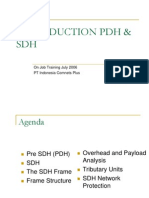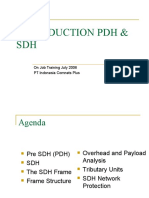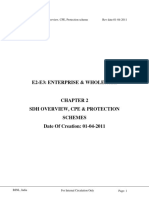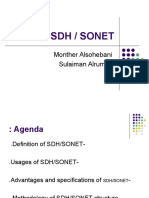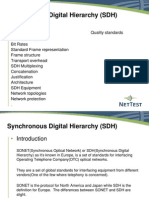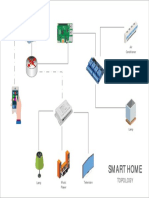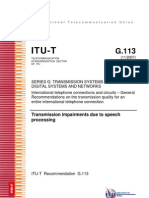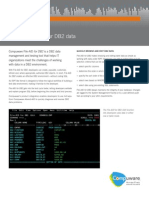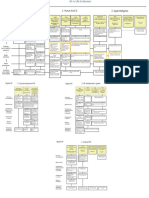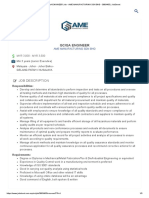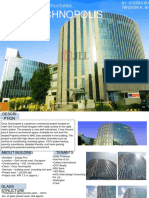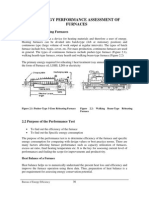0% found this document useful (0 votes)
105 views48 pagesIntroduction PDH & SDH: On Job Training July 2006 PT Indonesia Comnets Plus
The document provides an introduction to Plesiochronous Digital Hierarchy (PDH) and Synchronous Digital Hierarchy (SDH) networks. It discusses some limitations of PDH networks, such as the lack of spare capacity for network management. SDH was developed to address these limitations by incorporating overhead bytes into the signal frame to allow for functions like network monitoring and easier access to individual tributary signals. The document explains the SDH frame structure, including the overhead bytes for section, path and payload management, and how this structure provides more flexibility and efficiency in digital networks.
Uploaded by
Bimo DwyeyasCopyright
© © All Rights Reserved
We take content rights seriously. If you suspect this is your content, claim it here.
Available Formats
Download as PDF, TXT or read online on Scribd
0% found this document useful (0 votes)
105 views48 pagesIntroduction PDH & SDH: On Job Training July 2006 PT Indonesia Comnets Plus
The document provides an introduction to Plesiochronous Digital Hierarchy (PDH) and Synchronous Digital Hierarchy (SDH) networks. It discusses some limitations of PDH networks, such as the lack of spare capacity for network management. SDH was developed to address these limitations by incorporating overhead bytes into the signal frame to allow for functions like network monitoring and easier access to individual tributary signals. The document explains the SDH frame structure, including the overhead bytes for section, path and payload management, and how this structure provides more flexibility and efficiency in digital networks.
Uploaded by
Bimo DwyeyasCopyright
© © All Rights Reserved
We take content rights seriously. If you suspect this is your content, claim it here.
Available Formats
Download as PDF, TXT or read online on Scribd
/ 48

